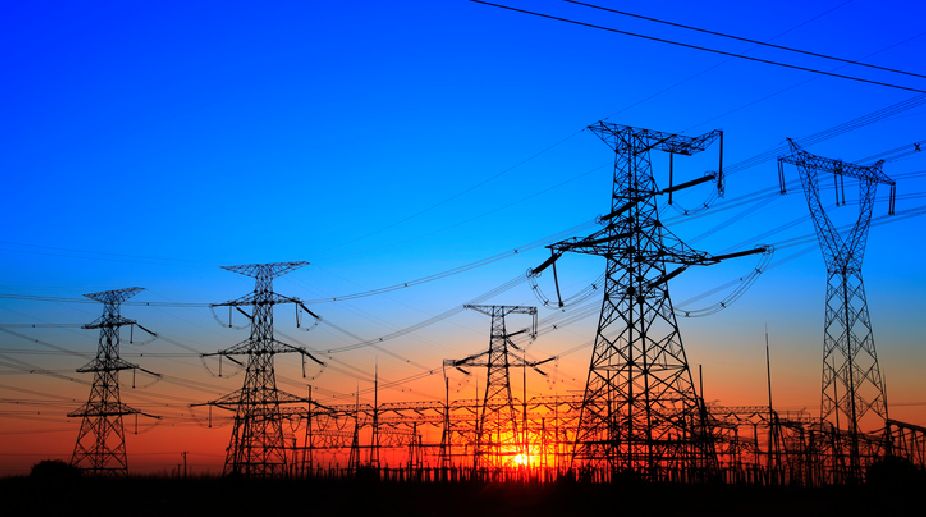Bangladeshi man in BSF net after visa issues
The BSF officials have come to know after they got Malaysian currency Ringgit from the possession of an apprehended Bangladeshi national

Representational image (Photo: Getty Images/File)
The Cabinet Committee on Economic Affairs on Tuesday approved the investment proposal for 900 MW Arun-III Hydro Electric Project in Nepal, Satluj Jal Vidyut Nigam (SJVN) Chairman and Managing Director R N Mishra said.
The project is located in Sankhuwasabha District of Nepal on the river Arun and is a run-of-the-river project.
Misra said a 70 meter high gravity dam will be constructed from which water will be diverted into 11.74 Kilo Meter Head Race Tunnel (HRT). “The power house will consist of 4 Vertical Francis type generating units of 225 MW each amounting to 900 MW of electricity. In a 90 percent dependable year, the power station will generate 4018 Million Units of electricity,” he said.
Advertisement
He said the project will be executed through SJVN Arun-III Power Development Company (SAPDC) which is a wholly owned subsidiary of SJVN.
The company has already been registered in Nepal as per Nepalese Companies Act on April 25, 2013. The estimated cost of project is Rs 5723.72 crore at May 2015 price levels, Misra said, adding completion Period of the project shall be 60 months from the date of financial closure which is planned for September 2017.
It is worthwhile to mention here that SJVN bagged the project through International Competitive Bidding and Memorandum of Understanding (MOU) was signed with the Govt. of Nepal for the execution of 900 MW Arun-III HE Project on BOOT basis. The project will generate employment for around 3000 persons in the construction phase.
The Project Development Agreement (PDA) signed on November 25, 2014 which provides 21.9 percent free power to Nepal for the entire concession period of 25 years. The surplus power from the project shall be exported from Dhalkebar in Nepal to Muzaffarpur in India.
The project will provide surplus power to India strengthening power availability in the country and will also strengthening economic linkages with Nepal.
Advertisement